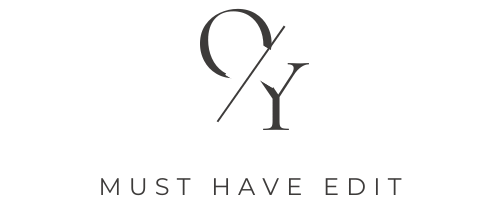How to Apply Makeup Like a Pro: A Beginner’s Guide 2025
Makeup has come a long way from ancient Egyptian ceremonies to become a $170 billion global industry that revolutionizes self-expression and helps improve our features. The market sees dominance from beauty giants like L’Oréal, but you don’t need expensive products or years of practice to create professional-looking results.
The basics matter whether you’re starting your first makeup collection or working to perfect your daily looks. I know how overwhelming it feels to face a makeup vanity full of products. Let me break down professional techniques into simple, practical steps. This piece covers everything from selecting the right tools to becoming skilled at techniques like contouring and highlighting that can improve your natural features and create your desired polished look.
Essential Tools for Your Makeup Kit
Building a professional makeup kit starts with the right tools. A well-laid-out collection of brushes and products can transform an amateur look into a polished one.
Simple brushes and applicators
Quality brushes form the foundation of any makeup kit. Beauty experts say 70% of makeup enthusiasts prefer makeup sponges to create a flawless, streak-free finish. Your collection should include these must-have brushes:
- A versatile foundation brush with dense, springy bristles that applies evenly
- A fluffy powder brush to set makeup and apply bronzer
- A precise concealer brush that targets specific areas
- A set of eyeshadow brushes with shader and blending options
- A highlighter brush to add glow
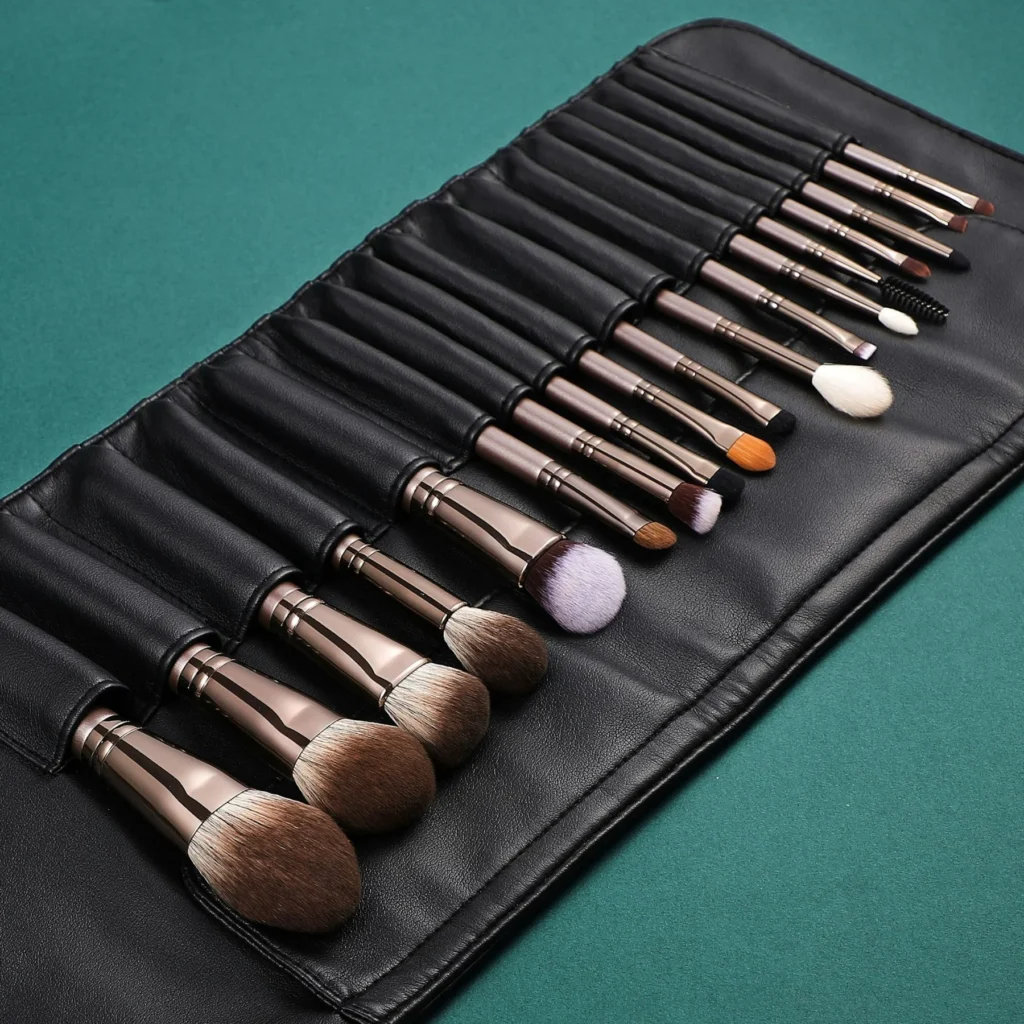
Must-have makeup products
Quality brushes come first, then products follow. A starter kit needs these essentials:
- Foundation matching your skin tone
- Concealer to hide imperfections
- Setting powder that locks makeup in place
- Mascara and eyeliner to define eyes
- A neutral eyeshadow palette
- Blush and bronzer to add warmth
- Lip products (gloss, lipstick, or liner)
Setting up your makeup vanity
A well-arranged makeup space boosts your daily routine. Pick a spot with good lighting—natural light helps you apply makeup accurately. Your products should be arranged by category so you can easily grab them.
Keep your everyday items within reach. Cleaning supplies should stay close to maintain hygiene. Clear acrylic organizers make it easy to see your products. A surge protector on your vanity lets you conveniently place heated styling tools.
Smart storage makes a vanity work better. Drawer organizers separate different makeup types, and stackable containers use vertical space efficiently. The setup should match your room’s style while staying practical.
Note that regular tool cleaning is essential – especially for makeup sponges and brushes. A damp beauty sponge creates a natural, dewy look. Baby shampoo works gently on brush bristles. Your brushes will last longer if you store them upright or in ventilated cases.
Preparing Your Face
Creating flawless makeup starts with proper skin preparation. A well-prepped face will give your makeup a better look and longer wear time throughout the day.
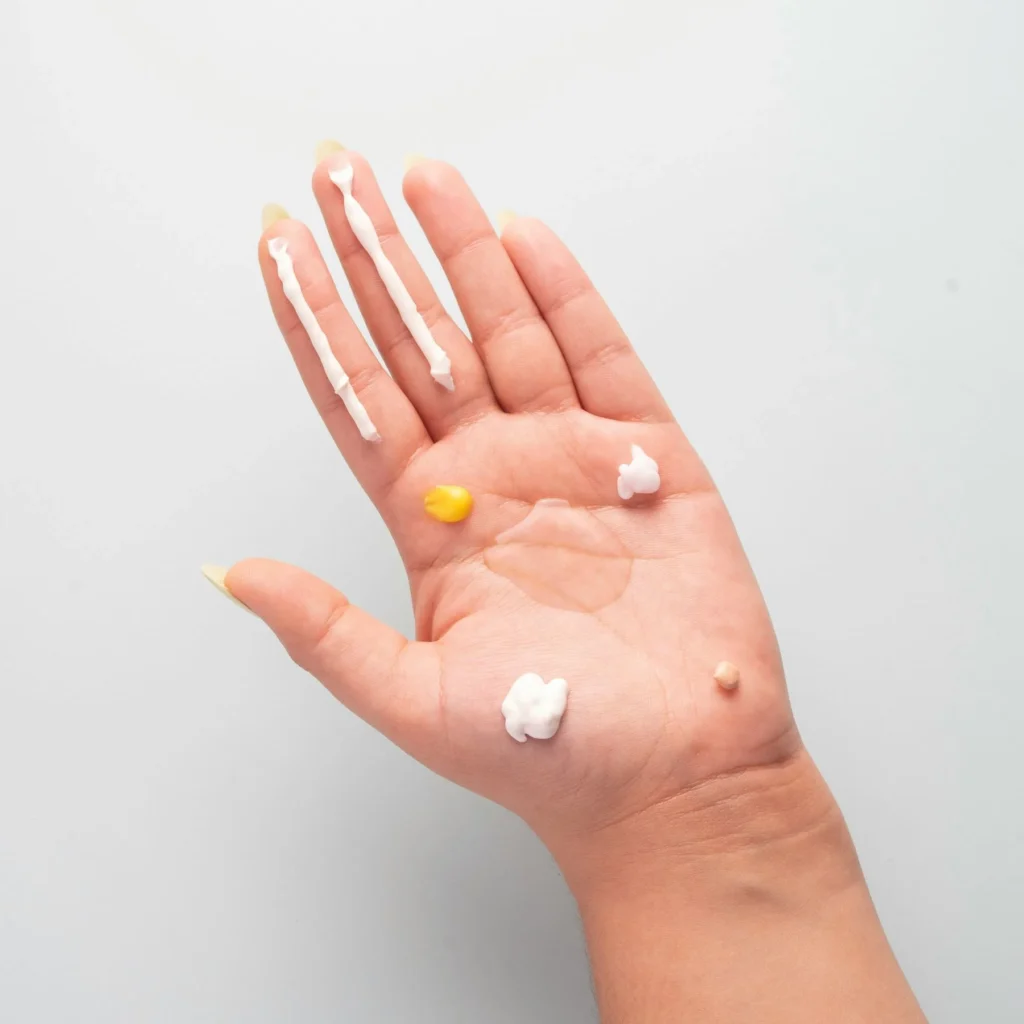
Cleansing and moisturizing
Perfect makeup application starts with a deep cleanse. A gentle cleanser helps eliminate dirt, grime, and pore-clogging bacteria from your skin. Avoid harsh ingredients like alcohol and sulfates, as they strip your skin’s natural oils.
Clean skin needs proper moisturizing to create a smooth canvas. Quality moisturizer helps makeup blend naturally and last longer. Products containing hyaluronic acid or jojoba oil work best for dry skin. People with oily skin should choose lightweight formulas that prevent greasy-looking makeup.
Primer application
Primer bridges skincare and makeup to create an ideal canvas for foundation and other products. Your skin type and concerns should guide your primer choice. Mattifying formulas minimize shine for oily skin. Hydrating primers with moisturizing ingredients benefit those with dry skin.
The right way to apply primer includes:
- Let moisturizer settle for 5 minutes before primer
- One pea-sized amount covers your whole face
- Clean fingers give the best application results
- Target your T-zone where pores show the most
- Give primer 60 seconds to set before the foundation
Your primer must match your foundation type. Silicone-based primers pair naturally with silicone-based foundations. Mismatched formulas can make your makeup pill or look patchy.
Primers can target specific concerns. Beyond smoothing skin and extending wear time, they brighten the complexion, minimize fine lines, and fix particular skin problems. 93% of users report better-looking makeup when using primer, and 94% see a longer-lasting foundation.
Basic Makeup Application Steps
A polished makeup look starts with the right base. Let’s examine the techniques needed to create that perfect finish.
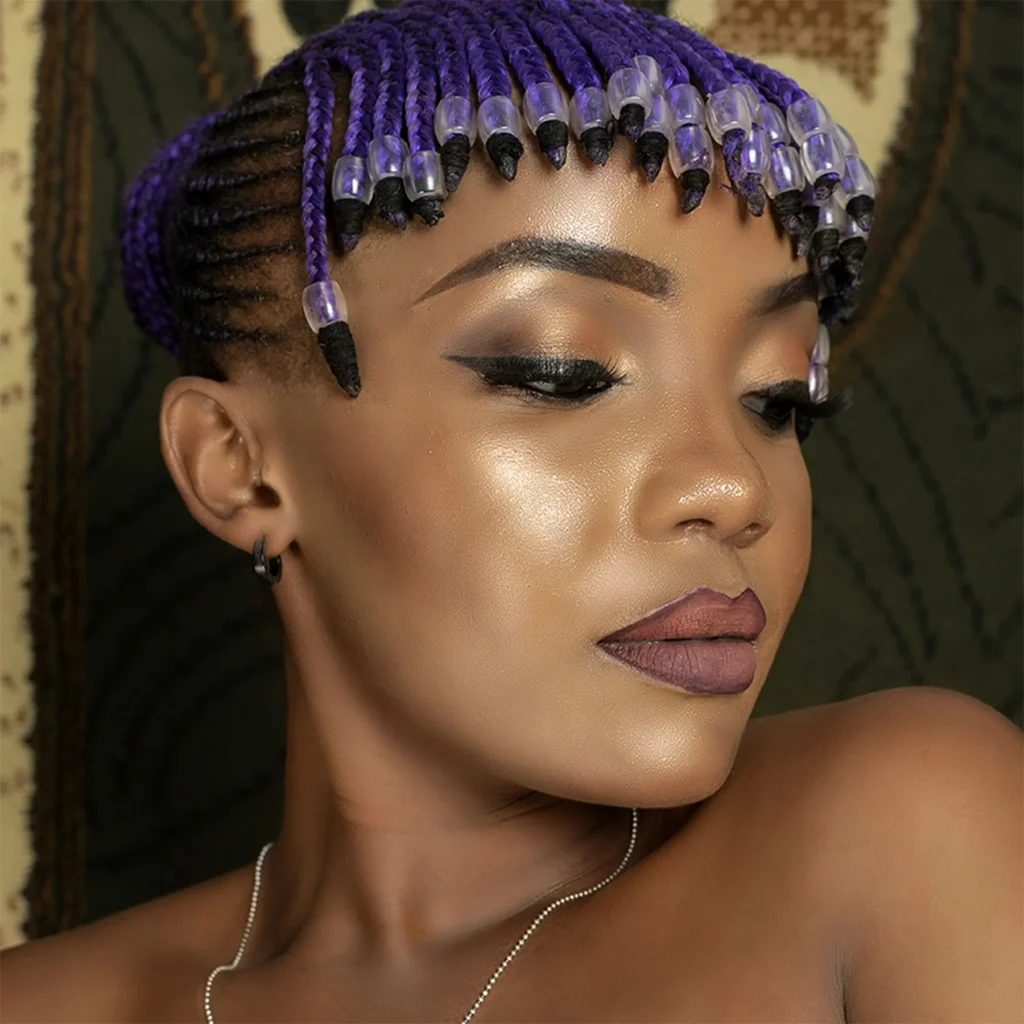
Foundation techniques
A natural-looking foundation depends on the right formula and how you apply it. Start in the middle of your face and work your way out. You don’t need to cover every inch—focus on areas that need evening out. Too much product can make your skin look artificial.
Concealer placement
Your next step after foundation is concealer, which brightens and covers specific areas. Create a half-moon shape under your eyes with an elongated tail to lift and brighten dark circles. A clean concealer brush works best to cover blemishes – just dab the product right on the problem spots.
Powder application
Setting powder is vital to make your makeup last and control shine. Layer it on after foundation and concealer but before eye makeup. The T-zone, outer nose corners, chin, and cheeks need the most attention. Skip the outer edges of your face. While powder typically comes last in your base routine, you can use it to set specific areas as you go.
Blush and bronzer basics
Bronzer and blush come first, adding warmth and dimension to your face. Start your bronzer at the top of your ear and blend inward. Keep most of the color near your hairline. Your blush should go just above the bronzed area. The colors should combine smoothly for a natural look. This placement lifts your features beautifully.
A quick tip: always tap your brushes to remove extra product. When you need touch-ups during the day, reach for blotting papers instead of adding more powder. This keeps your makeup looking fresh.
Eye and Lip Makeup
Your makeup game improves when you become skilled at eye and lip techniques that enhance your natural features. Here’s how to create stunning looks without much effort.
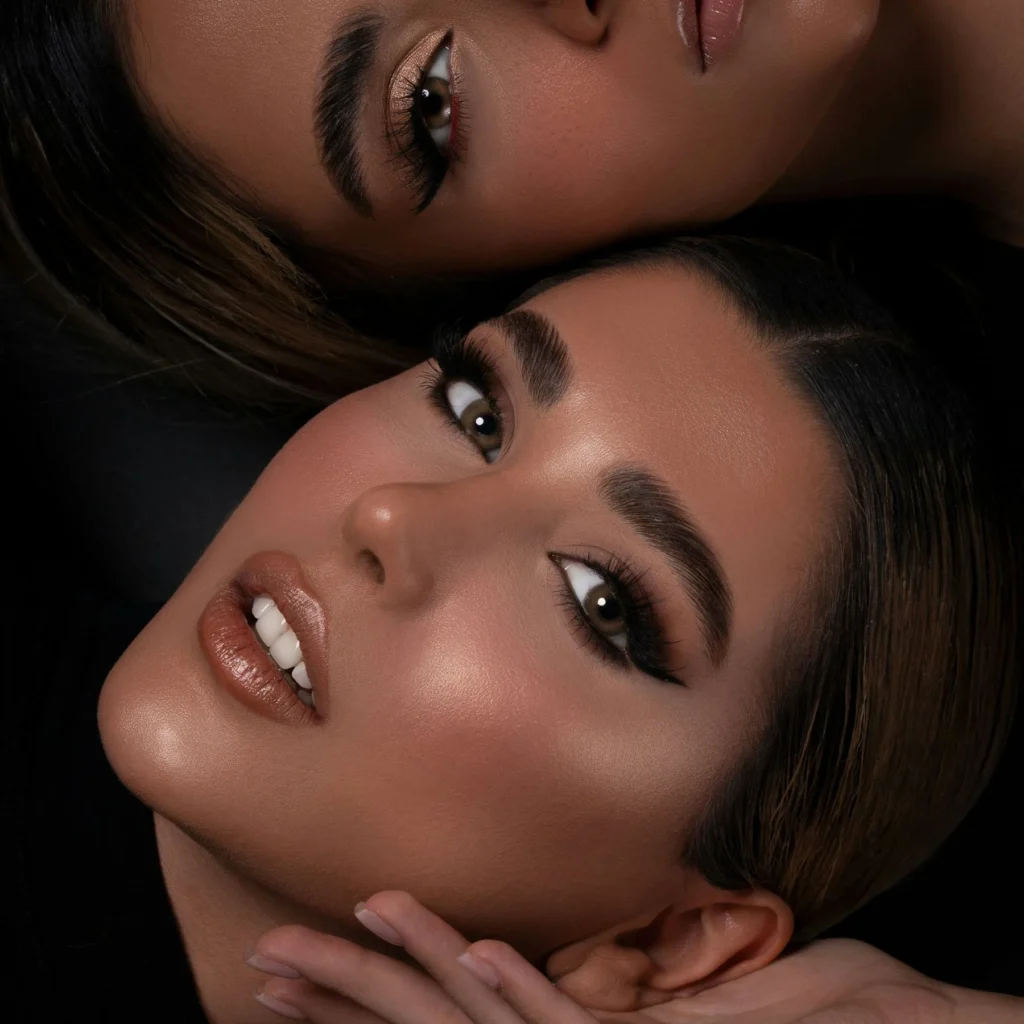
Simple eyeshadow techniques
Great eyeshadow starts with good prep work. You’ll want to apply an eyeshadow primer on your lids to create a smooth canvas and make colors pop. New makeup artists should start with a neutral base shade on the lid, then add a medium tone in the crease with windshield-wiper motions.
A darker shade in the outer corners creates depth with a subtle V-shape. A light, shimmery shade in the inner corners makes the eyes look brighter. The key is to blend colors together so no harsh lines show up.
Mascara application
The correct mascara technique can change your whole eye makeup look. Start with the wand at your lash base and gently wiggle side-to-side as you move up. You’ll get the best results with 2-3 coats – just don’t let them dry between layers.
Here’s a pro tip: Hold the wand vertically and use its tip on lower lashes for better control. Don’t pump the wand in the tube – this lets air in and dries out your mascara.
Simple lip makeup
Perfect lips need good prep work. Start with a smoothing primer or lip balm in the creases. A lip liner slightly darker than your lipstick adds definition to your look.
To define your lips better:
- Use concealer or foundation as your base for an even tone
- Define your cupid’s bow with lip liner
- Add highlight to your cupid’s bow for dimension
- Match your lip color to your eye makeup
Blotting your lipstick with tissue after the first coat will prolong its life. A light dusting of translucent powder through the tissue before the final coat helps seal the color and prevent it from transferring.
Conclusion
Becoming skilled at makeup application definitely takes practice. The proper techniques and tools can help anyone achieve professional-looking results. Quality tools and proper preparation are the foundations of any successful makeup look. Many leading beauty retailers offer detailed sets of the brushes and products mentioned in this piece, making it easier to get everything you need.
Your makeup will look polished when you follow a step-by-step approach. Start with skincare and think over each step carefully. Clean brushes, careful product selection, and attention to detail separate amateur makeup from professional results. These techniques need practice. Pay special attention to your unique features and adjust the steps based on your needs.
Makeup should boost your natural beauty and confidence. Master the simple techniques first, then build your skills gradually. Note that professional makeup artists weren’t born experts, they developed their craft through consistent practice and patience. This same approach will help perfect your makeup game, one brush stroke at a time.
